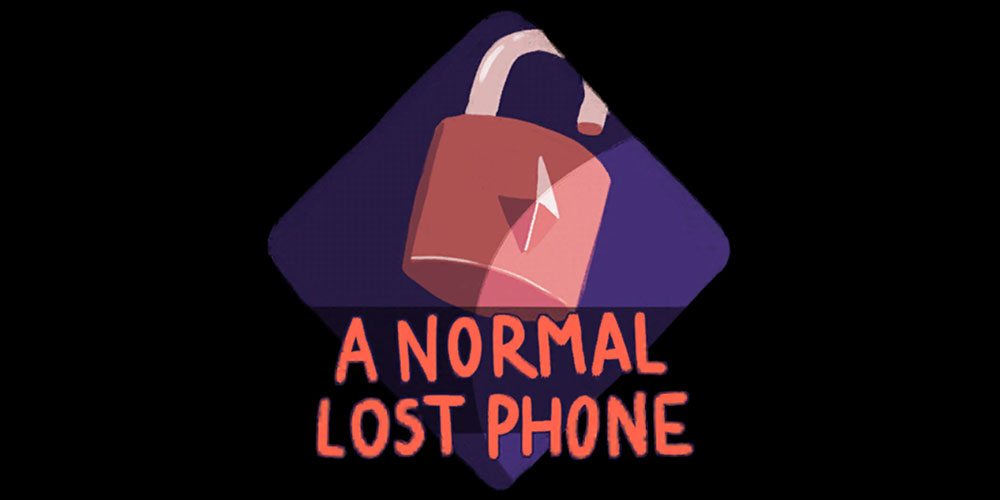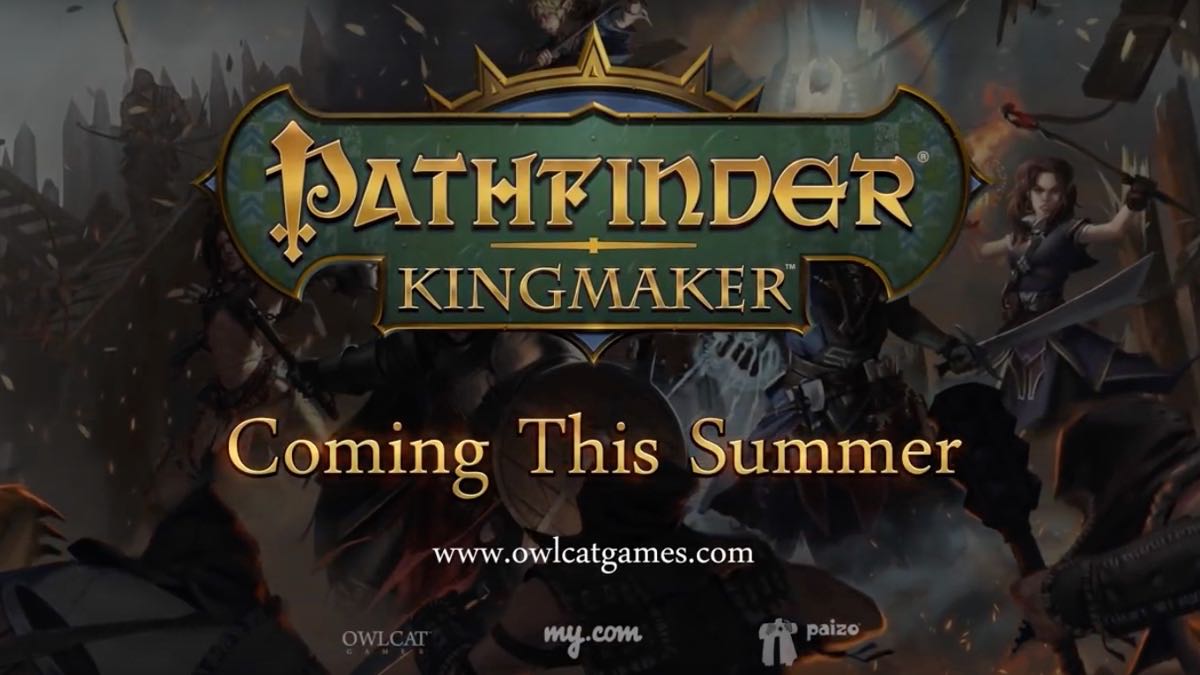
While my recent visit to Linden Lab was focused on Project Sansar, I also chatted with them about Linden’s current iOS title, Blocksworld.
I had, by coincidence, downloaded the app just the week before when Children’s Technology Review gave it a rave mention. But Blocksworld has been out for a couple of years now, building momentum on a slow burn.
When I spoke to CEO Ebbe Altberg about the app, which Linden Lab targets to the 6-12 age range, I was immediately struck by its similarity to the wonderful Galactic Adventures add-on for Spore: build or download creatures and vehicles and control them in small stories where players navigate actions and dialog trees.
Programming your Blocksworld story uses an interface mildly reminiscent of MIT’s Scratch, though the Linden folks I talked to weren’t familiar with it. I guess visual programming environments aimed at kids end up with analogous designs.
I confess to not being very adept with Blocksworld, where you build static, dynamic, and anthropomorphized objects out of chunky blocks and guide them through a somewhat floaty physics engine, but never underestimate an artist’s determination: a browse through their highlighted videos is inspiring.
More interesting than the creativity tools, to me, is the online sharing community they’re building among kids, again something that Mitchel Resnick considers to be a key component of Scratch. Sharing your creations, learning from creations you download, telling stories with them, and recruiting help from others to augment your skill set can create a powerful community. I watched this firsthand at Maxis, and it’s clear that Blocksworld is touching that same nerve. Some people create visual art; some, narrative.
With their most recent release, Linden Lab has taken the sharing aspects to the next level. Users can buy designs from their peers using the apps’s longstanding in-game currency, which, along with real money, can be used to buy new kits of parts, from dinosaurs to G.I. Joe. Altberg told me that they’re looking at options to turn this into real money one day. (Second Life players know that Linden dollars could be converted into real-world cash, potentially creating a viable income out of something most of the world considers an odd hobby, so it’s an area the company has investigated in the past.)

But even if that feature never happens, I’m intrigued by the idea of users paying something real for user-generated content. In most UGC systems I’ve seen, whether Spore creatures or blog posts, “payment” is conferred via likes, favorites, shares. They cost nothing to the person who gives them.
What happens to a community of kids creating just for fun when more tangible rewards show up, ones that cost the givers something — even if the currency is replenished over time just by logging in? I suspect you see all the discussions of the modern creative space play out in the elementary-school set. Do you create just to create and blow off the critics? Do you play to your strengths, staying safe and profitable within constrained lines? Do you start socializing more, carving out time to build networks? Do you cater to the demands of your audience, or do your own thing regardless of their expectations? Will your fans suddenly become more demanding, more entitled?
Lofty thoughts, perhaps, about a mostly under-the-radar iOS app. But Spore‘s community never ceased to surprise me with its deep discussions about just those topics, and I won’t be surprised if Blocksworld similarly gives kids an early look at larger concepts that help them appreciate the artistic society around them.




